How to Create and Use A Home Interior Design Notebook
Creating a home interior design notebook is a great way to organize your thoughts and ideas when it comes to decorating your home.
Whether you’re starting from scratch or simply looking to refresh your current space, having a notebook to jot down your ideas can be incredibly helpful. In this post, I will share some tips on how to create and use a home interior design notebook to help you achieve your desired look and feel for your home.
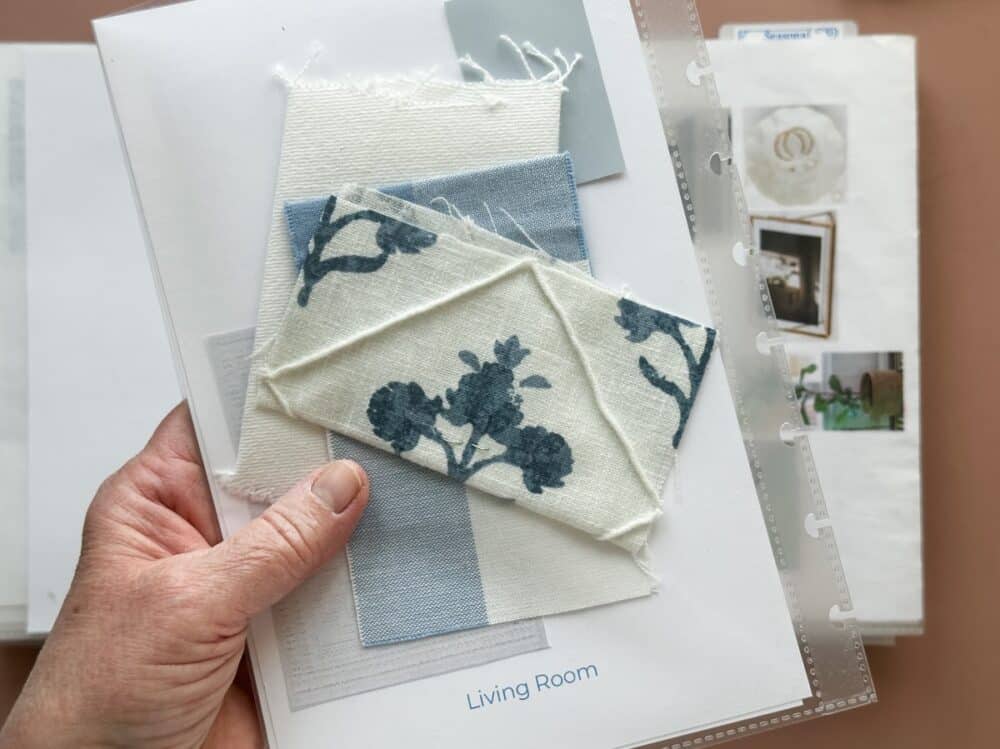
First, it’s important to choose a notebook that you love and that inspires you. This could be a simple notebook with lined paper or a more elaborate journal with blank pages.
Whatever you choose, make sure it’s something that you enjoy looking at and using. Next, start by creating a table of contents to help you organize your ideas. This can be as simple as dividing your notebook into sections for each room in your home, or you can create more specific categories such as color schemes, furniture ideas, and lighting options. By creating a table of contents, you’ll be able to easily find and reference your ideas as you continue to add to your notebook.
Getting Started with Your Home Design Notebook
As an interior designer, I know that keeping track of all your ideas and inspirations can be overwhelming. That’s why I recommend creating a home design notebook to help organize your thoughts and keep everything in one place.
We recently painted our great room which includes our living space, dining space, and kitchen a new color. We used Sherwin Williams Color of the Year Upward (SW6239) and we love it. With fresh paint comes a fresh look so I like to have my color swatches with me when I’m out and about. Therefore, I’m updating my home design notebook.
Here are some of my tips to get you started:
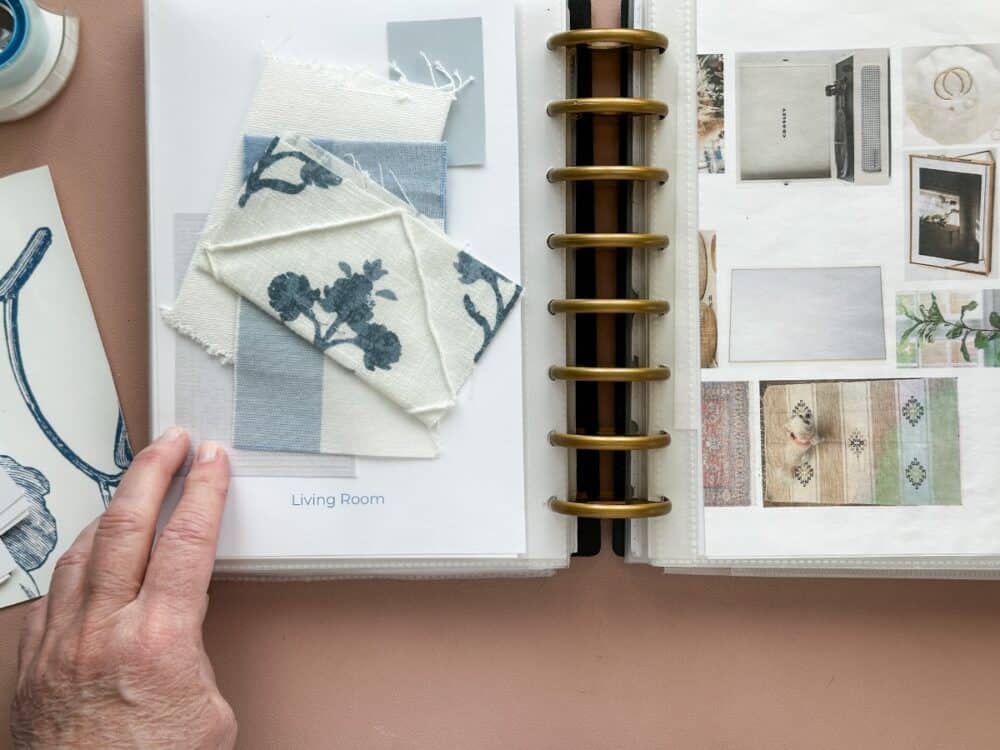
Choosing the Right Notebook
The first step is to choose the right notebook for your needs. There are many options out there, from a 3-ring binder, custom notebook, or composition books.
My Favorite Binder Supplies
Consider what size you prefer and what type of cover you want. A notebook cover can be a great way to personalize your notebook and make it stand out. I keep mine simple.
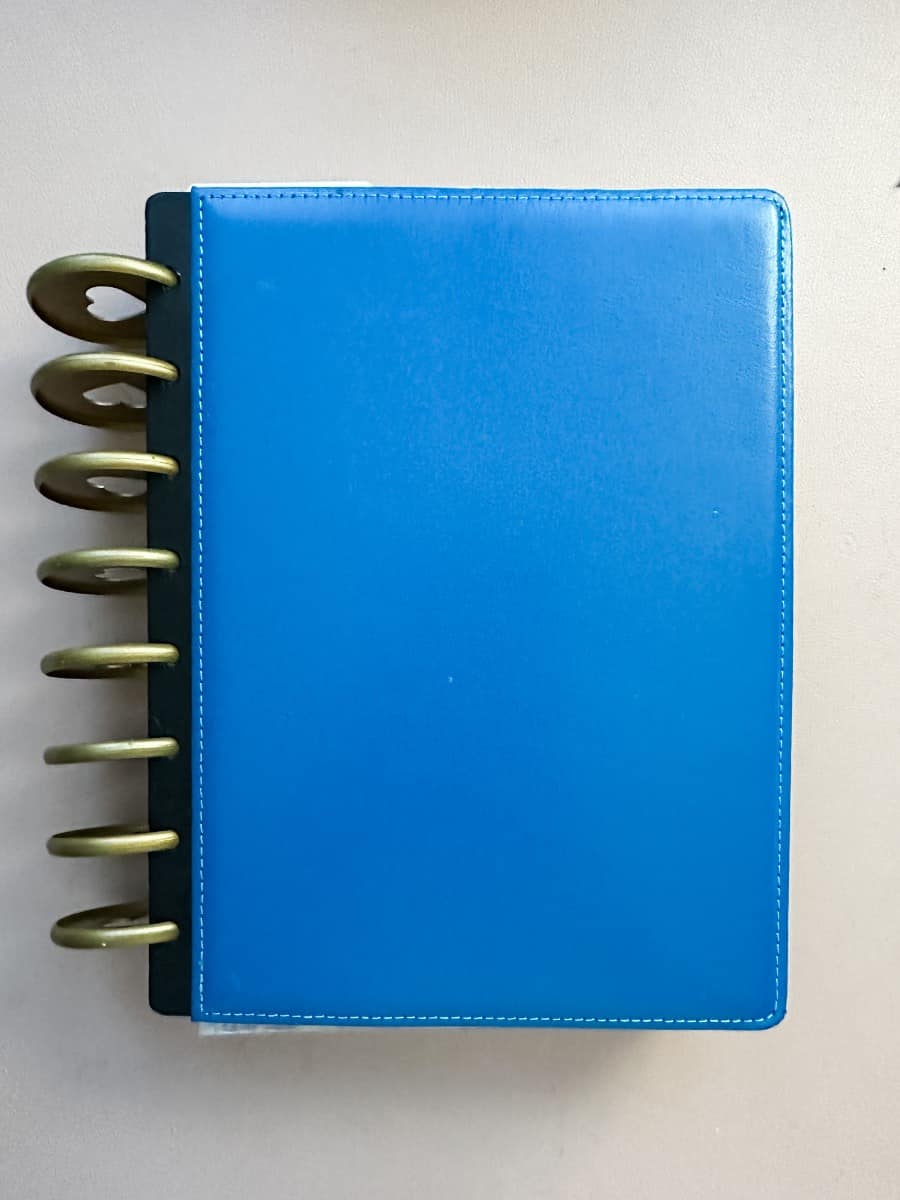
Personally, I prefer a custom disc binder with a hardcover. It’s durable and can withstand the wear and tear of daily use. Plus, I can snap out a color swatch page when I’m shopping. I’m using the Arc System (Junior Size). It holds letter-sized paper cut in half.
Gathering Initial Materials
Once you have your notebook, it’s time to gather some initial materials. This can include:
- Pens and pencils: You’ll need something to write with, so make sure you have a good supply of pens and pencils. I use FriXion Erasable Pens so I can color-coordinate notes and erase them if necessary.
- Highlighters: Highlighters can be a great way to draw attention to important notes or ideas.
- Double Sided Tape
- Sticky notes: Sticky notes are perfect for jotting down quick ideas or reminders.
- Magazine clippings: Collecting magazine clippings is a great way to get inspiration for your designs.
- Fabric swatches: If you’re working with fabrics, gather some swatches to reference later.
By having these materials on hand, you’ll be ready to start filling your notebook with ideas and inspiration.
Remember, your home design notebook is a tool to help you stay organized and focused. Use it to keep track of your ideas, inspirations, and progress. With a little effort, you’ll be well on your way to creating the perfect home design notebook.
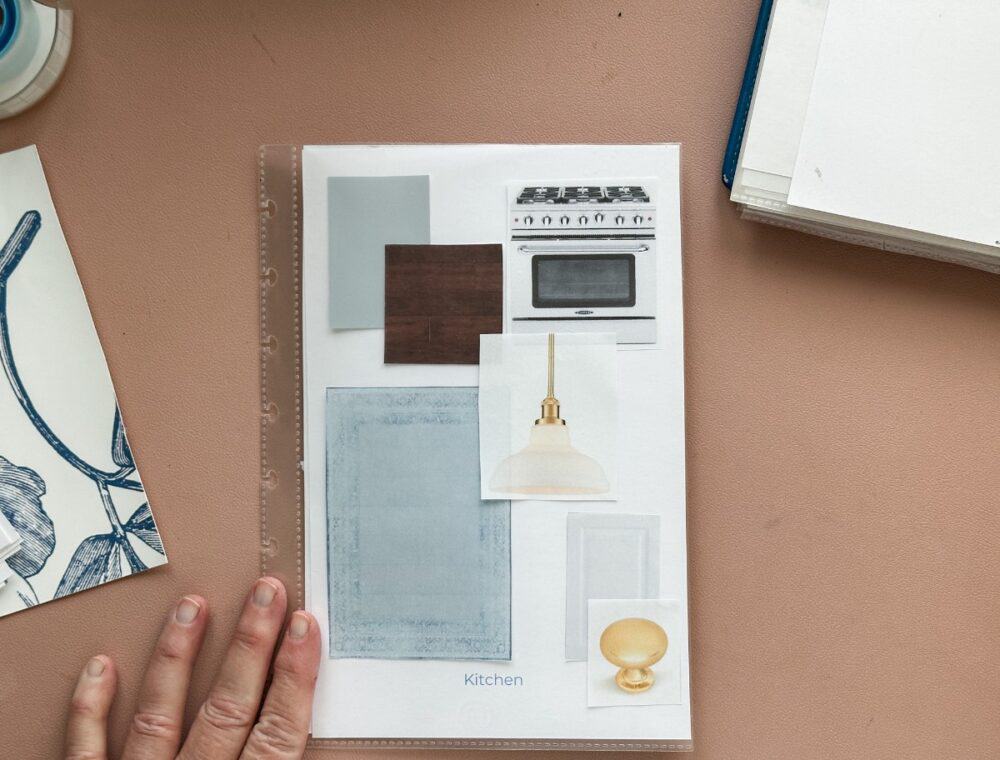
Organizing Your Design Ideas
When it comes to organizing your design ideas, having a system in place can help you stay on track and make the process much easier. Here are a few tips on how to organize your home interior design notebook:

Creating Sections for Projects
One way to organize your design ideas is to create sections for each project. For example, if you’re designing your dream house, you could create a section for each room, such as the living room, bedroom, kitchen, and so on. This will help you keep your ideas organized and make it easier to find what you’re looking for when you need it.
I have a section for the holidays where I write down my ideas and make sketches.
Using Dividers and Tabs
Another way to organize your design ideas is to use dividers and tabs. Dividers can be used to separate different sections in your notebook, while tabs can be used to mark specific pages or ideas within those sections. For example, you could use a divider to separate your ideas for your dream house from your ideas for ordinary spaces, and then use tabs to mark specific pages for each room or space.
To make your dividers and tabs stand out, you can use washi tape or other decorative tape. This will not only make your notebook look more attractive, but it will also make it easier to find what you’re looking for.
By following these tips, you can create a home interior design notebook that is both organized and easy to use. Whether you’re jotting down early ideas or great ideas, having a system in place will help you stay on track and achieve your design goals.
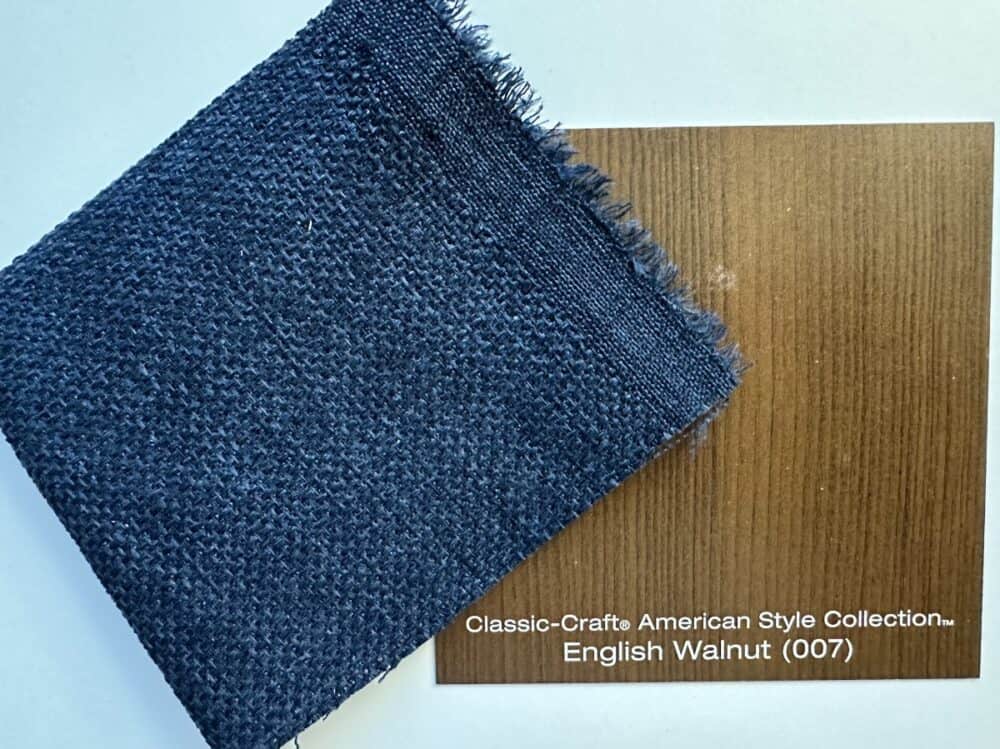
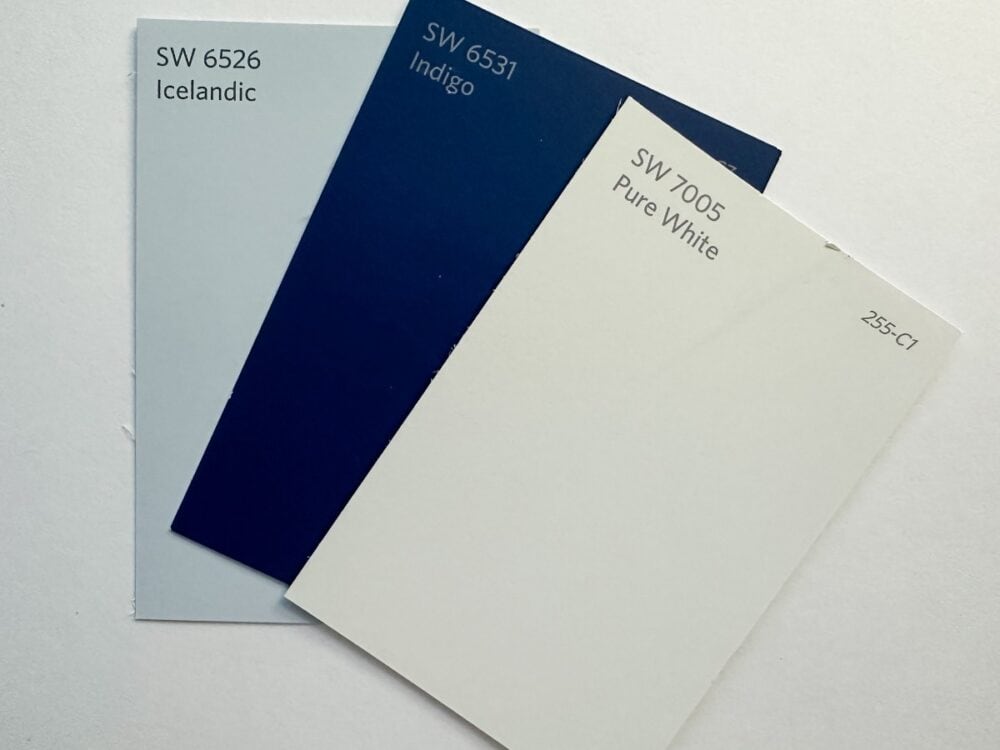
Incorporating Samples and Swatches
When it comes to designing a home interior, incorporating samples and swatches into your notebook can be incredibly helpful. Not only do they provide a tangible representation of the colors and textures you’re considering, but they can also help you visualize how different elements will work together in a space. Here are a few tips for collecting and organizing your samples and swatches:
Collecting Paint Samples
One of the easiest ways to collect paint samples is to visit your local hardware or paint store and pick up a few swatches of the colors you’re considering. You can also purchase small sample jars of paint to try out on your walls before committing to a larger purchase. Once you have your samples, tape them into your notebook alongside notes about the brand, color name, and finish.
Storing Fabric and Trim Samples
When it comes to swatches of fabric and trim samples, it’s important to keep them organized and easily accessible. One option is to create a fabric swatch book by stapling or gluing swatches onto pages in your notebook. You can also use plastic sleeves to store larger samples or create a dedicated section in your notebook for smaller pieces. Be sure to label each sample with information about the fabric type, color, and pattern.
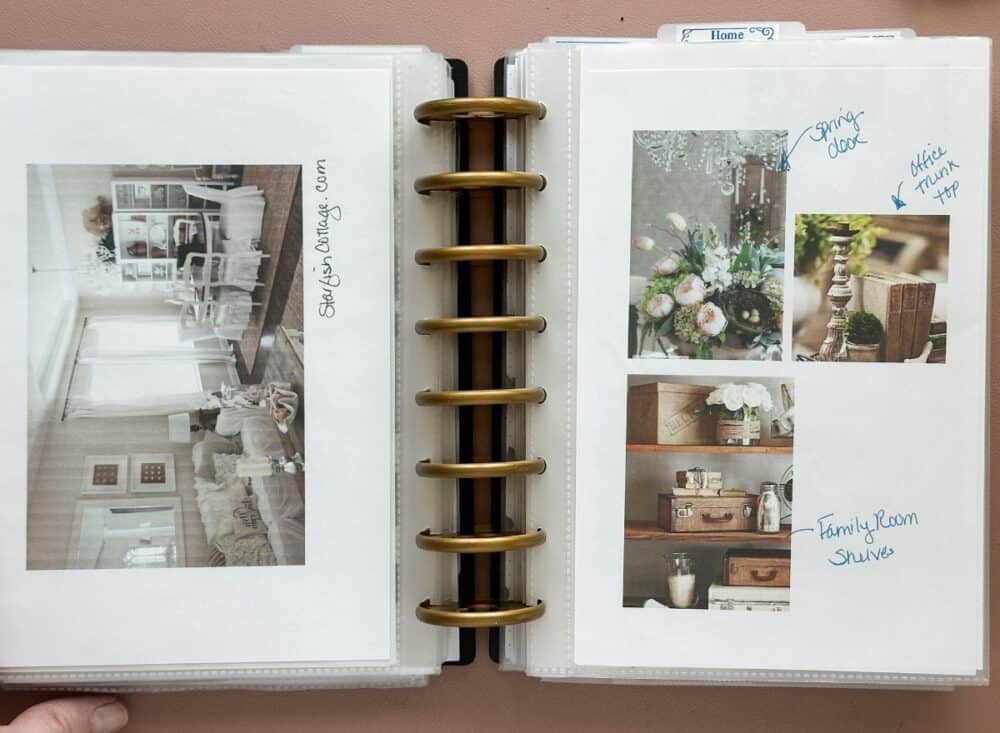
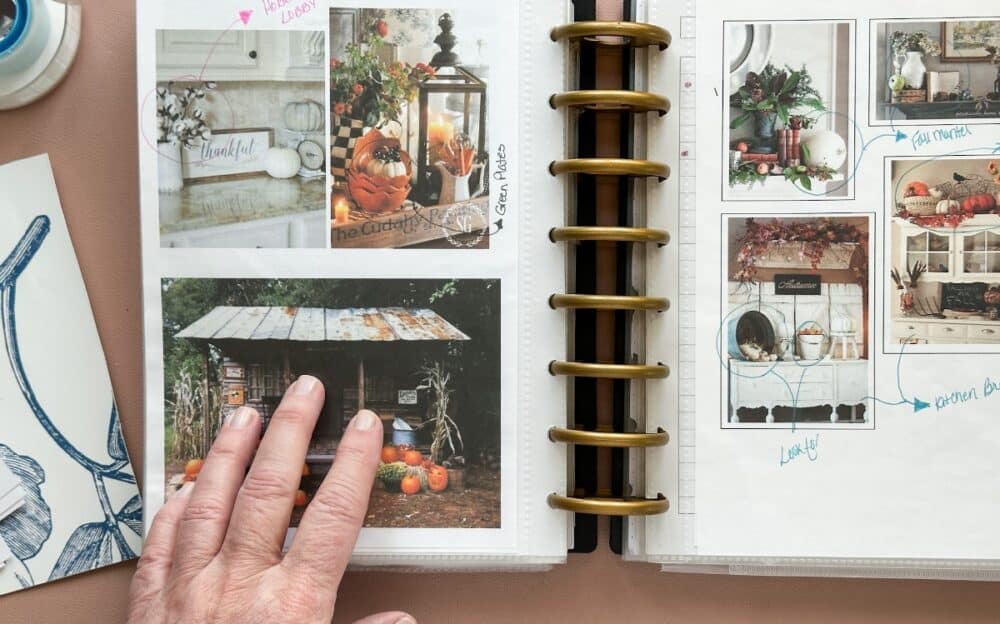

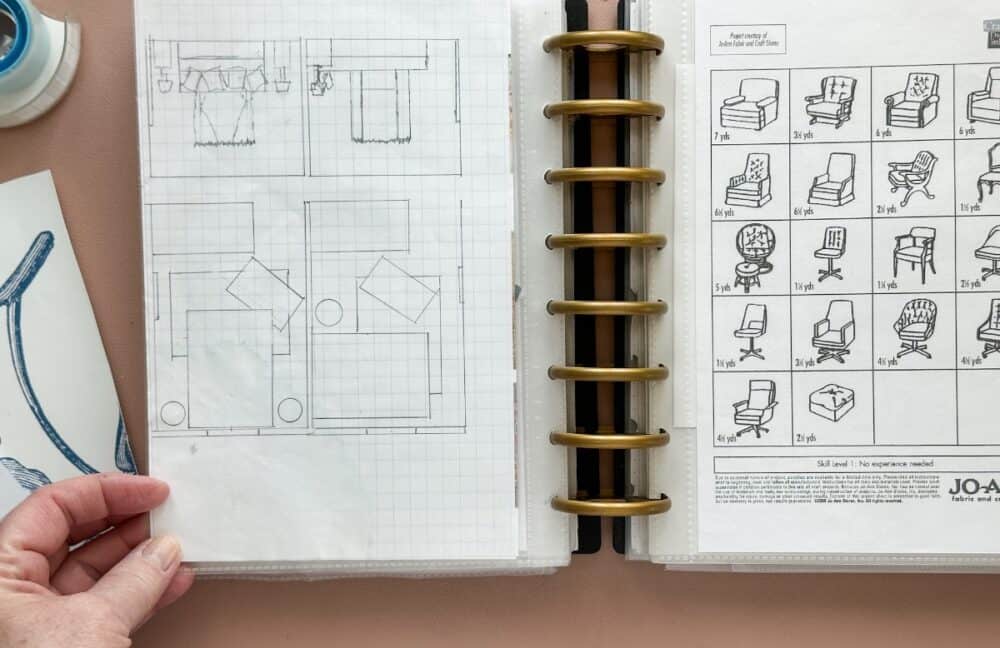
Magazine Clippings and Screen Shots
Another great resource for design inspiration is old magazines. Cut out pages with images that catch your eye and tape them into your notebook. I print out screenshots of things I own or want to purchase. I get inspiration from Pinterest, my favorite stores, other bloggers, and virtual magazines.
You can also use sticky notes to highlight specific colors or textures that you want to remember. Just be sure to keep your magazine clippings organized by category (e.g. living rooms, bedrooms, kitchens) so you can easily find what you’re looking for later.
By incorporating samples and swatches into your home interior design notebook, you’ll have a handy reference guide for all your design choices. Plus, it’s a fun and creative way to stay organized and inspired throughout the process!
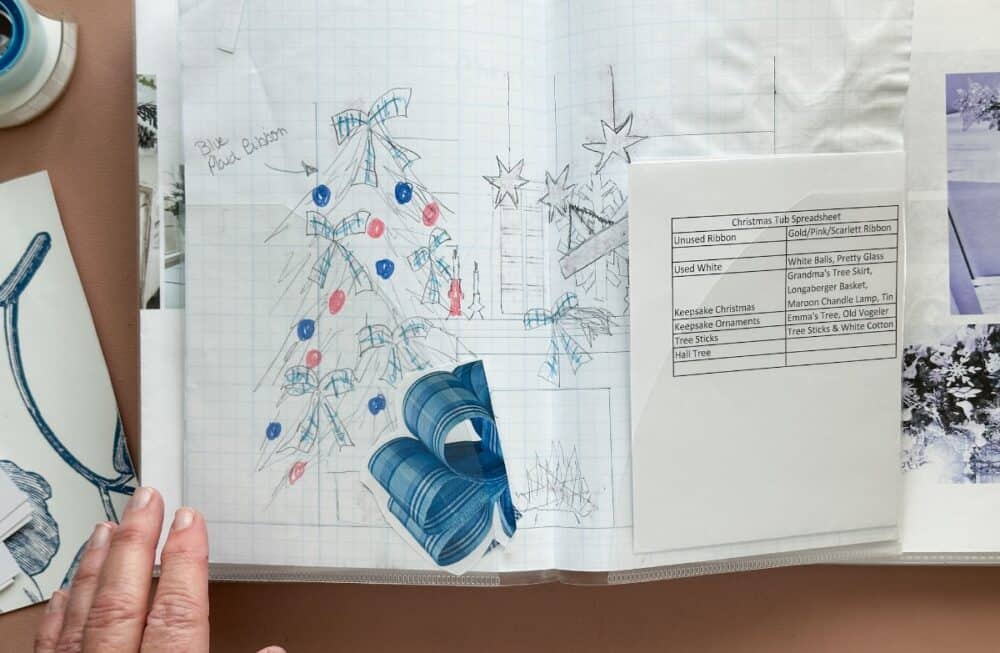
The Practical Side of Design Notebooks
When it comes to home interior design, having a notebook can be a game-changer. Not only does it allow you to keep all your ideas in one place, but it also serves as a practical tool to help you manage your contacts, budget, and shopping lists.
Here are a few ways your design notebook can be a practical asset to your home decorating journey.
Managing Contacts and Budgets
One of the most useful aspects of a design notebook is that it allows you to keep track of all your contacts and budget information in one place.
You can create a table or list to keep track of phone numbers and email addresses of interior designers, contractors, and suppliers. You can also use your notebook to keep track of your budget by recording your expenses and tracking your spending.
Make Shopping for Decor Easier
Shopping for decor can be overwhelming, especially when you have a lot of ideas and options to choose from. Your design notebook can help make the process easier by allowing you to keep track of your favorite stores, products, and prices.
You can create a list of stores you like to shop at, along with the products you are interested in buying. You can also use your notebook to keep track of prices and sales, making it easier to find the best deals. Having your paint samples and fabric swatches with you helps eliminate mistakes.
Keeping Track of Other Household Tasks
I use my binder to keep track of Holiday ideas. Measurements for different areas of my home; such as shelve sizes, wall sizes, and more. It helps me to know if something is going to fit when I’m out shopping.
I also keep garden ideas in my binder and plants that I need to buy for my garden.
In addition to helping you keep track of your decor ideas and budget, your design notebook can also be a useful tool for keeping track of your shopping and menus. You can use your notebook to create shopping lists for groceries, decor items, and gifts. You can also use it to plan your menus for the week, making it easier to stay organized and on track. It can become an all-inclusive household binder.
Overall, a design notebook is a practical tool that can help you stay organized and on track with your home interior design projects. Whether you are decorating a new house or simply updating your current space, a design notebook can be a valuable asset to your homemaking notebook. Good luck with your decorating journey!
Peace and Love,


Meet Me
My name is Lynn. I live in the suburbs of Chicago in a 1,300 sq. ft. home with my Handy husband, Keith.
I’m an open book about my life on my blog. You can find out more about me by visiting my About page.


A great way to save this idea is to add it to one of your Pinterest boards. You can find the pin button on the top left of the photo when you click on it. Also, don’t forget to follow me on Pinterest








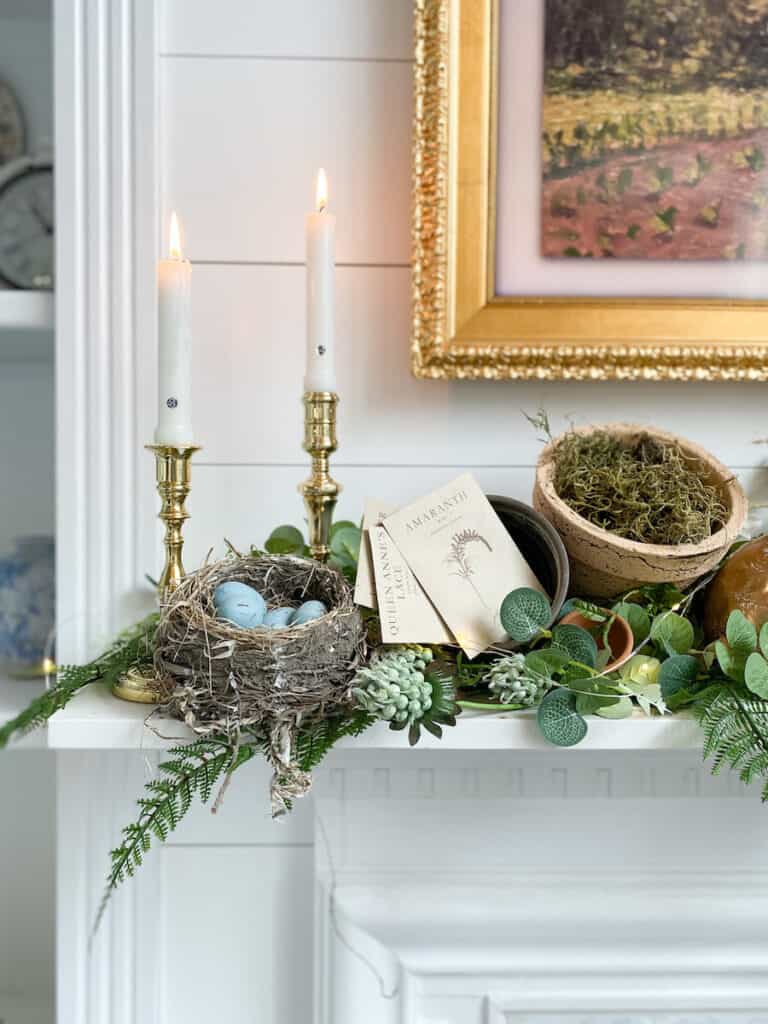




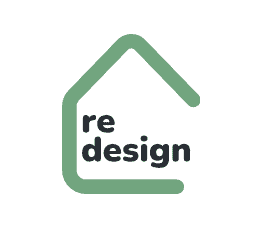









What a great post Lynn! Sharing in my Weekender House Party and pinned
Thank you my friend!
Lighting is another essential element in room design. It not only illuminates the space but also enhances its ambiance. Natural light brings warmth and vitality, while strategically placed artificial lighting can highlight architectural features and create a cozy atmosphere.
I agree – Lighting is crucial to the feel of any room. Its something that needs to be considered in all good design.